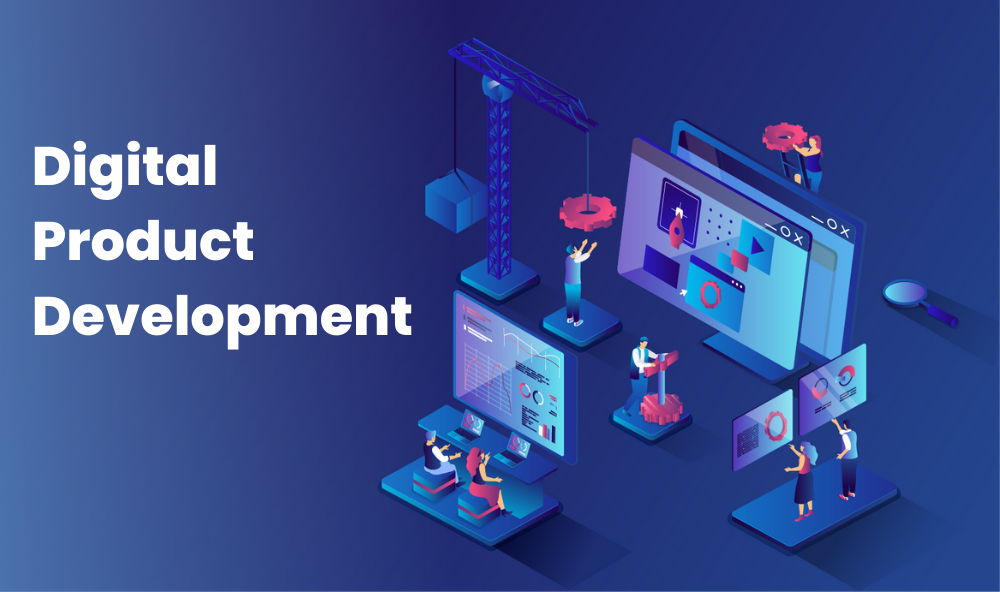Productivity refers to the efficiency and effectiveness of work. It is measured by the output produced per unit of input. High productivity means getting more done in less time, effort, and cost. Boosting productivity allows companies to increase output without increasing inputs.
Productivity in the workplace can slow down for a variety of reasons. Common causes include inefficient processes and workflows, interruptions and distractions, lack of communication or alignment, inadequate tools and technology, and low employee morale.
When workflows are fragmented, redundant, or overly complex, they waste time and create bottlenecks. Constant interruptions like emails, meetings, and colleagues stopping by disrupt focus. When employees aren’t on the same page regarding priorities and goals, productivity suffers. Outdated tools and technology can cause delays. And employees who are disengaged or burned out are less motivated to be productive.
Addressing all these issues through workflow improvements, space design, digital workplace enhancements, and employee engagement initiatives can help boost productivity.
Here are 5 key areas to focus on when streamlining workflows:
Table of Contents
1. Map Out Current Workflows
The first step is to understand existing workflows by mapping out each step in the process. Note any inefficiencies, roadblocks, or redundancies. Get input from employees engaged in the workflow to understand pain points. Document the workflow with flow charts. This provides visibility into the current process and helps identify improvement opportunities.
2. Eliminate Non-Value Added Steps
Review the mapped workflow and highlight steps that do not directly add value. These could include redundant approvals, unnecessary checks, manual data entry, or other administrative tasks. Eliminate or streamline these steps to remove inefficiencies. Leverage technology like automation, pre-populating fields, or eliminating paper where possible.
3. Simplify Processes
Look for ways to simplify complex processes. Break down complicated workflows into smaller, more manageable chunks. Consolidate steps that can be combined. See if any unnecessary steps can be removed. Simplify the workflow so it is easy to follow and execute.
4. Improve Access to Information
Ensure employees have access to the information they need when they need it. Digitize records, use shared drives, and make information searchable. Make sure manuals, guidelines, and SOPs are available. Lack of access to information leads to delays and frustration.
5. Review and Retrospect
Once optimized workflows are implemented, continue reviewing periodically through retrospectives. Look for areas that can be further improved. Keep processes agile and continuously evolving. Encourage employee feedback on what’s working and what’s not. Update workflows based on new technologies, systems, or business needs.
Retrospective templates provide a structured framework to reflect on what went well, what can be improved, and action items. They facilitate discussion and capture insights. Templates enable consistency across retrospectives. By documenting takeaways each time, teams can track improvements over time. Retrospective templates save time, guide the conversation, and institutionalize learning through repetition. This helps teams continuously improve workflows, processes, and productivity.
By focusing on these 5 areas, organizations can streamline inefficient, fragmented workflows into smooth, seamless processes. This drives higher productivity, faster turnaround times, lower costs, and improved customer satisfaction. Using retrospective reviews to document issues and opportunities will help institutionalize continuous optimization.



